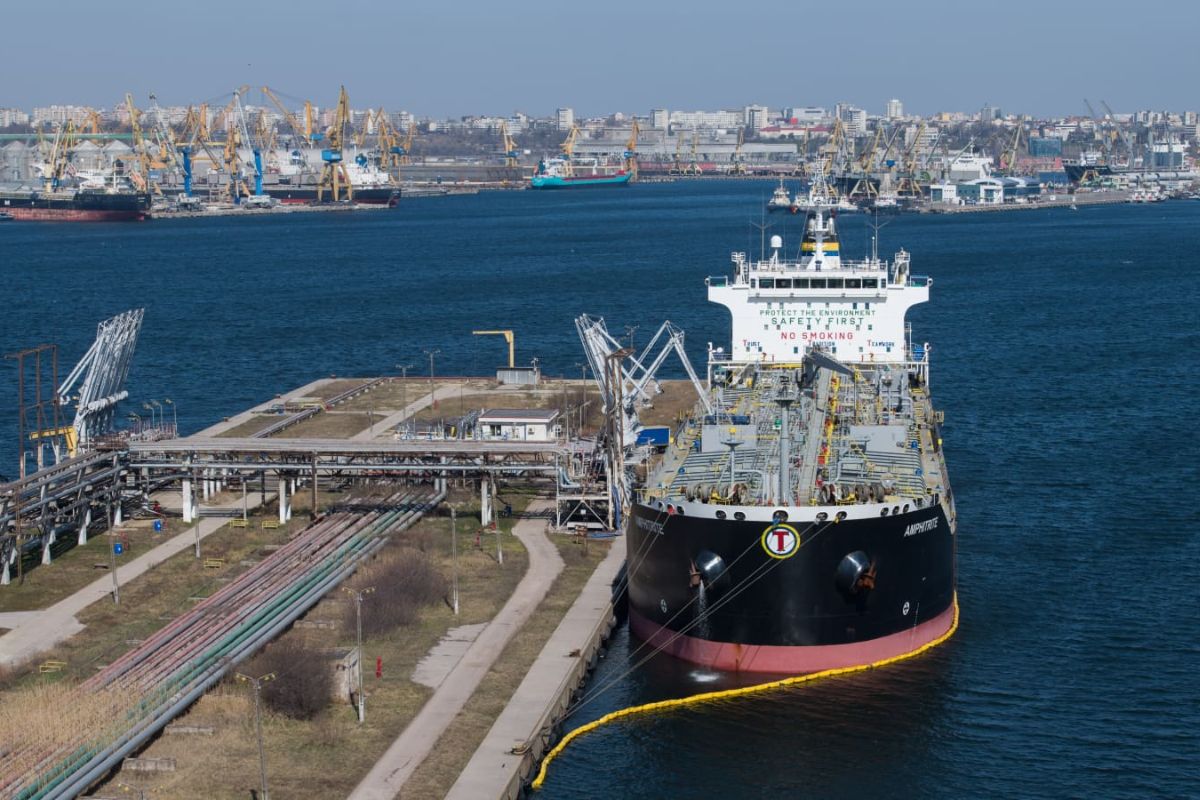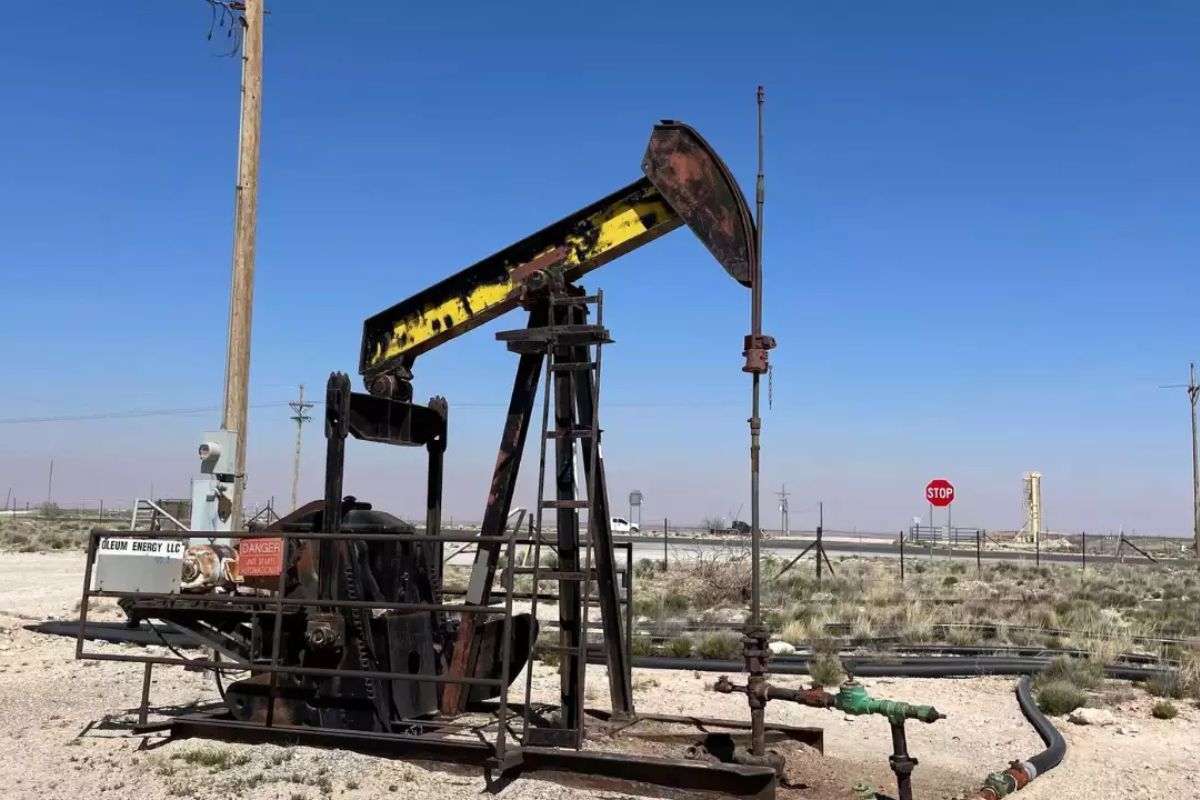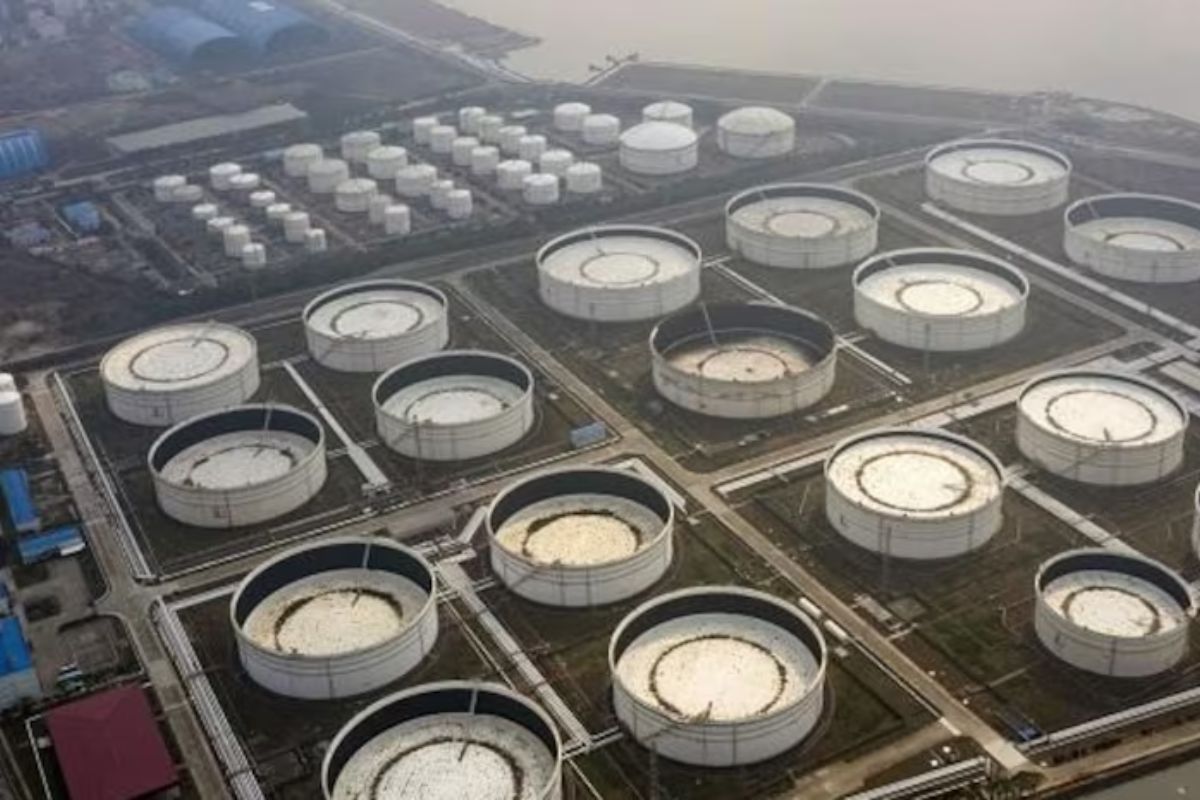Oil Prices Soar on Surging: The recent surge in oil prices, driven by a sharp increase in US fuel demand amidst persistent concerns over the global supply chain, has ignited a fiery debate among experts and investors alike.
As geopolitical tensions intensify, particularly with the recent attacks on Russian refineries in Ukraine, the market finds itself at a crossroads, prompting questions about the sustainability of this upward trajectory.
Analysts scramble to provide insights on the potential repercussions of these events, leaving many wondering about the future implications for both consumers and the energy sector as a whole.
Oil Prices Surge Amidst Supply Concerns
Oil prices are skyrocketing amidst growing concerns over supply shortages in the energy market. The recent surge in oil prices, with Brent futures hitting $84.14 a barrel and WTI crude climbing to $79.82 per barrel, reflects a perfect storm of factors driving the market into uncharted territory. The unexpected drop in crude stockpiles, coupled with a three-month low in gasoline stocks, has intensified worries about the stability of the global oil supply. These concerns are further compounded by geopolitical tensions and a robust U.S. demand outlook, painting a grim picture for consumers and industries reliant on stable energy prices.
Investors and analysts are closely monitoring the situation, with many speculating that the current price rally may not be sustainable in the long run. The combination of supply constraints, strong demand, and geopolitical risks has created a volatile environment where even minor disruptions could have far-reaching consequences. As the energy market continues to face uncertainty, only time will tell how these supply concerns will play out and impact oil prices in the coming days.
Also Read: China Demand Woes Hit Oil Prices: What’s Next?
Ukrainian Attacks on Russian Refineries Amplify Supply Concerns
Geopolitical tensions reach a critical juncture as Ukrainian drone strikes target Russian refineries, sparking fears of severe disruptions in the global energy supply chain. The recent fire at Rosneft’s largest refinery in Ryazan not only signifies a direct hit to Russia’s energy infrastructure but also amplifies concerns about oil supply stability. This deliberate attack comes at a time when the market is already grappling with existing supply constraints, setting the stage for a potential crisis.
The following factors further exacerbate the situation:
- Uncertainty surrounding the extent of damage inflicted on Russian refineries.
- Potential retaliation from Russia, escalating the conflict and jeopardizing energy security.
- Growing unease among major oil-importing countries about the reliability of the global oil supply.
- Increased likelihood of supply disruptions leading to a domino effect on oil prices.
- Heightened geopolitical risks adding a layer of complexity to an already volatile market environment.
Market Responses and Analyst Insights
Market volatility continues to capture the attention of analysts and investors alike, as uncertainties surrounding global energy supply intensify. ANZ analysts highlighted the impact of robust U.S. product exports on gasoline stocks, driving up refiners’ crack spreads. The significant 5.7 million-barrel decrease in gasoline inventories reported by the EIA surpassed expectations, providing further support to escalating prices.
Moreover, the U.S.’s proactive purchase of 3.25 million barrels of oil for the Strategic Petroleum Reserve signals strategic foresight in averting potential supply disruptions. Looking forward, OANDA’s senior market analyst, Kelvin Wong, predicts a possible stabilization in oil prices post the Fed’s FOMC meeting on March 20th, underscoring the pivotal role of geopolitical stability in shaping oil market dynamics.
As market conditions remain fluid, astute investors are advised to closely monitor these developments to navigate the intricate web of energy market complexities.
News In Brief
Oil prices surge as US fuel demand spikes amid supply concerns driven by geopolitical tensions. Brent futures hit $84.14 a barrel, WTI crude climbs to $79.82. Ukrainian attacks on Russian refineries heighten fears of disruptions. Analysts warn of unsustainable rally, urge vigilance amid market volatility. ANZ notes strong US product exports impacting gasoline stocks, while OANDA predicts potential stabilization post-Fed meeting. Strategic Petroleum Reserve purchase reflects proactive measures. Investors advised to monitor closely as geopolitical risks loom large.
Our Reader’s Queries
Q1 How does supply and demand affect the price of oil?
A Changes in oil supply typically lead to corresponding adjustments in prices, with increases in supply often resulting in price declines and decreases in supply causing prices to rise. Similarly, shifts in demand influence prices, with decreases in demand typically leading to price decreases, while increases in demand tend to drive prices higher.
Q2 What happens to the price of oil if the supply goes down and the demand stays the same?
A When the supply of goods and services decreases while demand remains constant, prices generally increase to reach a higher equilibrium level, resulting in a reduction in the quantity of goods and services available.
Q3 What are the effects of rising oil prices?
A For instance, elevated oil prices elevate production and transportation expenses across the economy, which are subsequently transferred to food and core prices. Increased energy costs can also heighten both consumer and business anticipations regarding future inflation, thereby indirectly contributing to the current rise in food and core prices.



